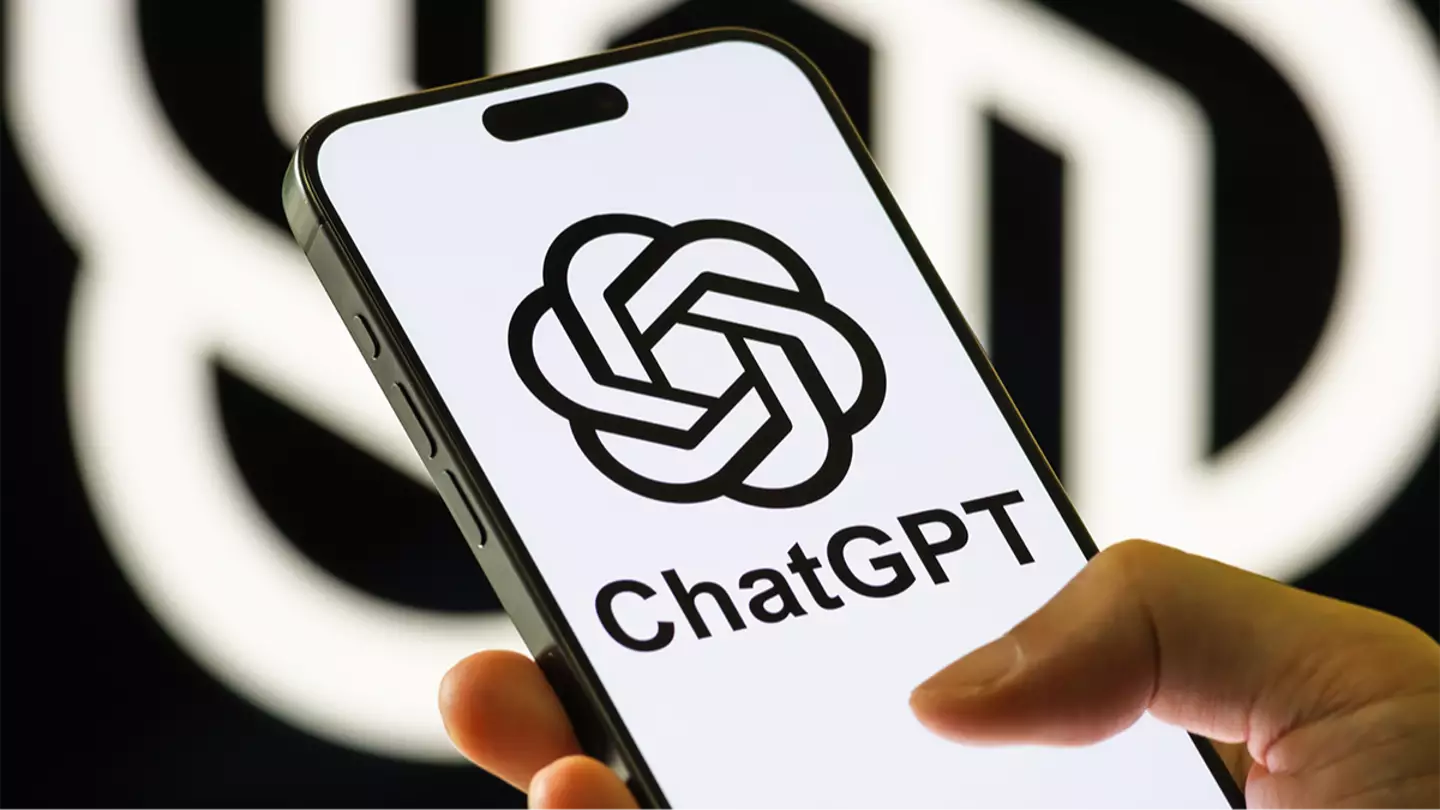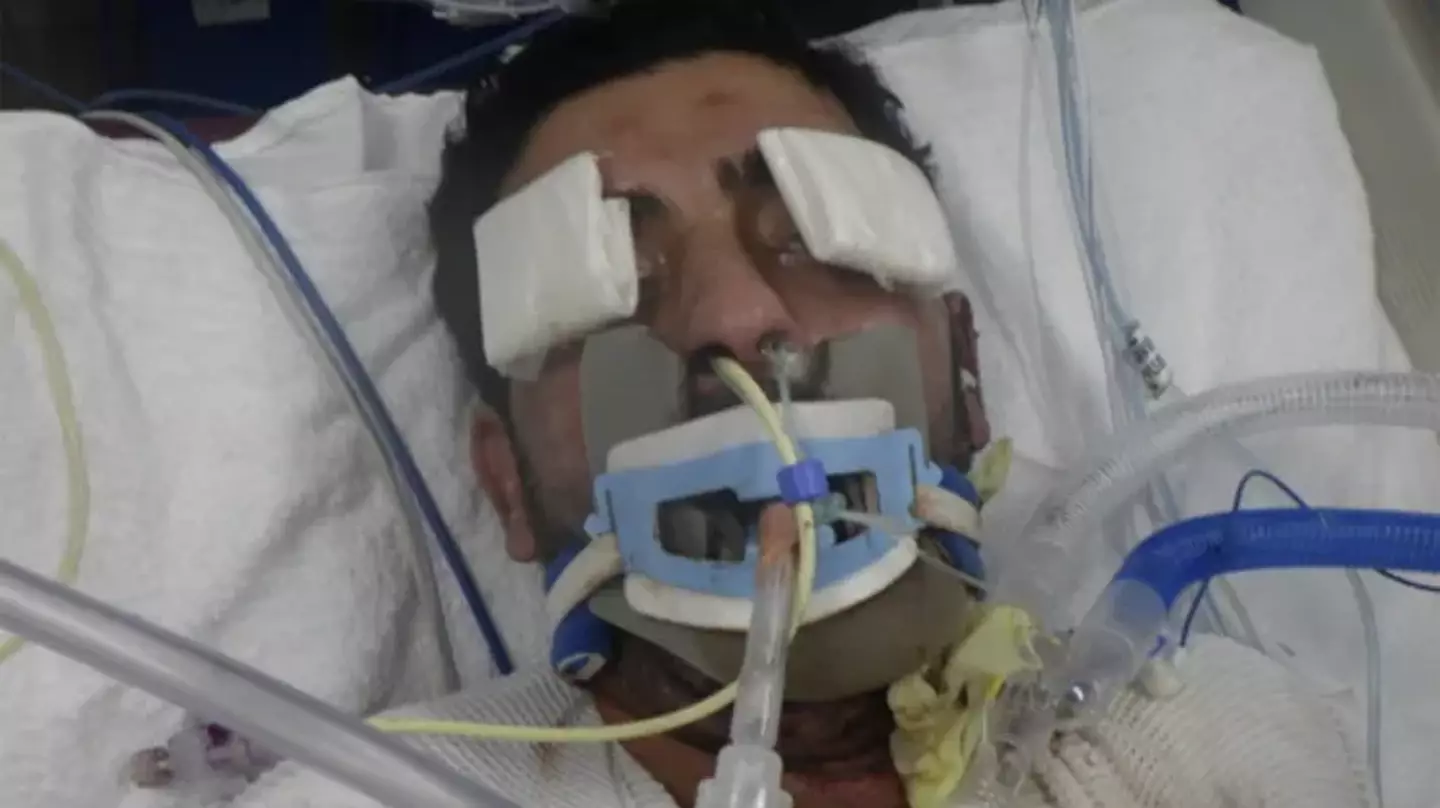The Los Angeles General Medical Center is seeking assistance in identifying an unknown patient.
According to LA Health Services, a 34-year-old John Doe was found in the Torrance area on July 31 without any identification.
This individual has brown eyes and hair, stands 5 feet 7 inches tall, and weighs about 166 pounds.
Due to patient confidentiality regulations, the hospital cannot disclose details about the man’s medical condition or treatment plan. However, a photograph published by PEOPLE shows him on a ventilator in bed, with eye pads in place.

Anyone with information about this man is encouraged to contact Laura, the clinical social worker, between 8:30 am and 5:00 pm, Monday to Friday.
Her contact number is 323-409-7779, and the social work department can be reached at 323-409-5253.
Meanwhile, New York City’s Mount Sinai Hospital is handling a case involving an unidentified woman.
On April 12, a woman was found sitting on a bus stop bench in Harlem after someone notified the authorities.
“The woman is known to frequent the area around 125th Street and Lenox Avenue, and hospital staff think she may go by the name ‘Pam,'” a news release noted. “She usually dresses in black and hides her face.”
Hospitalized for over 100 days, she is described as a Black woman likely in her 50s, standing 5 feet 8 inches tall, weighing 170 pounds, with greying black hair and dark brown eyes.

In a separate incident, a 60-year-old man recently learned the hard way why the AI tool ChatGPT is not reliable for medical advice.
The Annals of Internal Medicine Clinical Cases reported how the chatbot’s suggestion for a dietary change resulted in the man’s hospitalization.
He sought to eliminate table salt from his diet due to health concerns and was wrongly advised by the AI to replace sodium chloride with sodium bromide.
After purchasing bromide online and using it in his diet for three months, he ended up in the hospital, suspecting his neighbor of poisoning him, which led doctors to uncover the real issue.
Within a day, he experienced severe paranoia and began having auditory and visual hallucinations.
“It is important to consider that ChatGPT and other AI systems can generate scientific inaccuracies, lack the ability to critically discuss results, and ultimately fuel the spread of misinformation,” stated a section of the ACP Journal.
“While it is a tool with much potential to provide a bridge between scientists and the nonacademic population, AI also carries the risk for promulgating decontextualized information.
“It is highly unlikely that a medical expert would have mentioned sodium bromide when faced with a patient looking for a viable substitute for sodium chloride.”
Doctors treated the man with fluids, antipsychotics, and electrolytes after he tried to leave the hospital. He was then admitted to the psychiatric unit.
This was identified as bromism, a toxic reaction caused by excessive intake of bromine, a chemical often used in industrial cleaning.
OpenAI, the developer of ChatGPT, warns users against relying on the technology for medical diagnoses, stating in their Service Terms that their services are not intended for diagnosing or treating any health condition.

